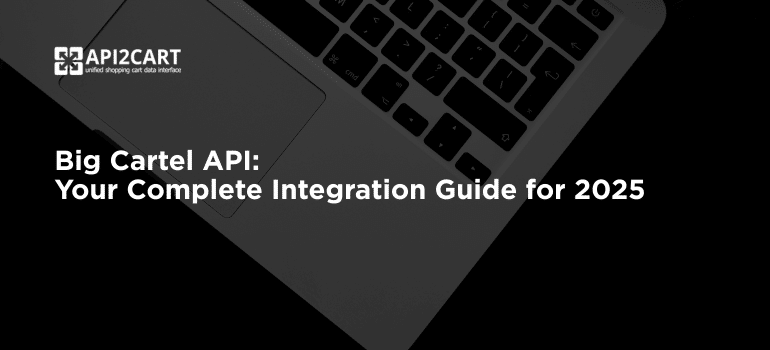
Currently, digital humanity stands on the early stages of the next major Web revolution concerning new forms of interactivity. IoT, various mobile apps, new types of devices, etc. - all cause the reinvention of the Internet. So, merchants have to keep the eyes open in order not to live out in a cold as business transformation is crucial. Thus, the deep understanding of an API role in such digital modifications is highly important.
However, the term Application Programming Interface is quite complex and for non-technical users, it can be difficult to understand what is under the cover. So, the point is that it is necessary to form a basic knowledge of technology. This will make the process of realizing the business value of APIs much easier.
The purpose of this post is to create the list of basic terms concerning the Application Programming Interface. This glossary will provide an overview of what an API is and what it does.
API
According to Wikipedia, API is a set of routines, protocols, and tools for building software applications. Speaking in the simplest terms, it provides a way to connect various computer software components and enables data sharing. API allows to access and integrate data into 3rd- party sites and applications at once.
API Design
The process of developing and implementing API to open backend data and functionality to be reused in new apps.
API Economy
Sometimes it’s hard to put the bridge between the business and development sides of the API. So, actually API Economy is a new type of economy that was triggered by technological and social innovations. Thus, a lot of well-known companies takes advantage of the economic possibilities offered from exposure of business through APIs (e.g Amazon, eBay, etc.)
API Integration
It is the process of connecting various components via API. Application Programming Interface appears to be a key to multiple doors, offering access to various data on the Web.
API Management
Creating a centralized API architecture appears to be the essence of API Management. It makes the process of securing, composing and managing the API simpler and consistent. However, it requires the usage of a specialized API Management solution.
Open APIs
Open APIs are usually designed in order to be easily reachable by the wide number of mobile and Web developers. That means every programmer outside the organization may access the interface at once.
Private APIs
An Application Programming Interface that opens only parts of backend data and functionality is called a private API. It is used by developers who work for the API publisher (organization).
REST or Representational State Transfer
REST is a set of principles that assigns how HTTP and URLs Web standards are used. The main idea is that if you comply with REST principles while developing your application, you will have a system that uses the Web’s architecture for your benefit.
XML/JSON
They are two most commonly used formats to share data over HTTP. Read our blog articles JSON vs XML: API Data Interaction and XML vs JSON on the Battlefield to understand them better.
Web API
An API that opens backend systems over the Web with the help of HTTP protocols. It makes the process of Web, cloud and mobile applications creation much easier.
Hope that this short vocabulary will be a useful contribution in understanding the API technology better. Feel free to comment and add more terms concerning Application Programming Interface.
API2Cart offers unified API to access over 40 top leading shopping platforms including Magento, WooCommerce, Bigcommerce, Shopify, PrestaShop and many others. If you work in an industry that is connected with inventory and order management, repricing systems, shipping management or others, then API integration is a way to enrich your systems’ functionality. Schedule a FREE Call with our representative to discuss what new spectrum of possibilities does API2Cart open for your eCommerce.



